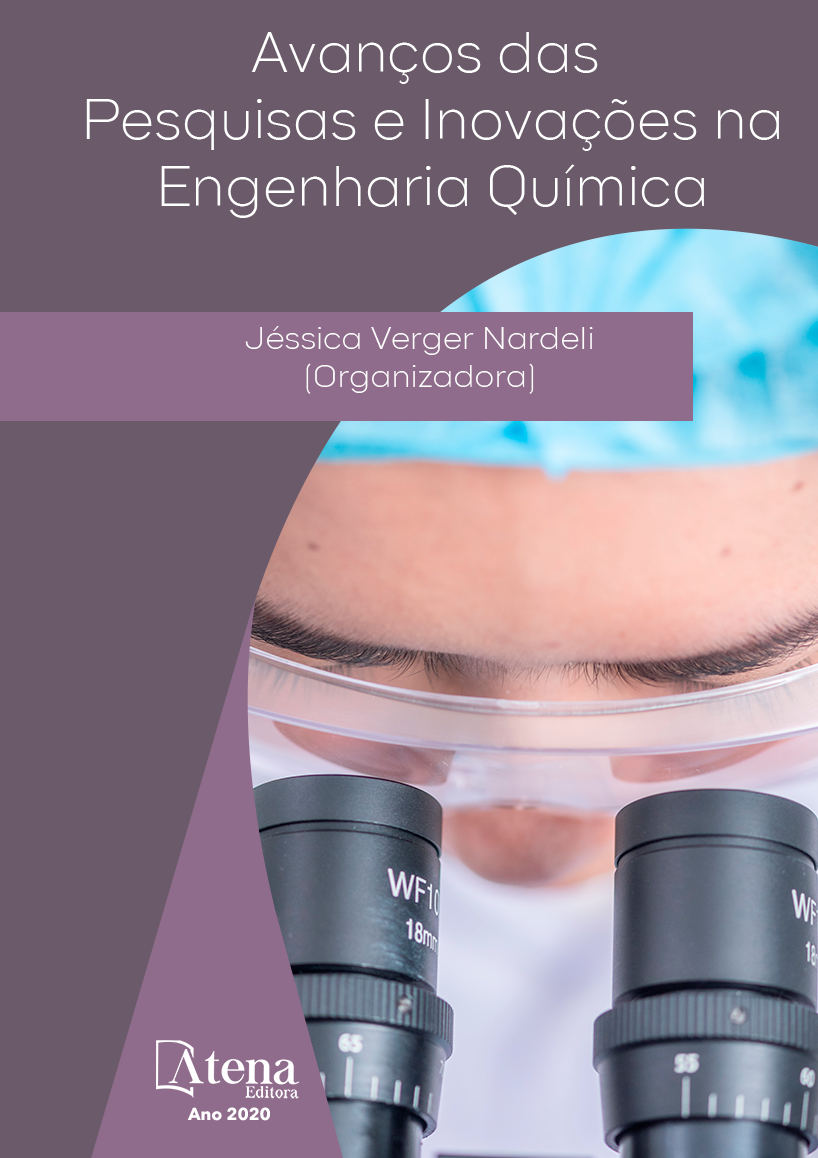
LIPASE EXTRACELULAR DO FUNGO Metarhizium anisopliae PRODUZIDA A PARTIR DE RESIDUOS AGROINDUSTRAIS
A presente pesquisa dá suporte ao desenvolvimento de um biorreator de bandejas para a produção do fungo entomopatogênico Metarhirzium anispliae por Fermentação em Estado Sólido, utilizando resíduos agroindustriais como substratos. O objetivo deste trabalho foi produzir lipases do fungo M. anisopliae utilizando bagaço de coco de babaçu e arroz tipo I como suportes à fermentação. Fermentações preliminares foram realizadas para determinar a concentração de suporte a ser utilizado. As fermentações foram realizadas em frascos de erlenmeyer com 10g de meio de cultura, a 28°C durante 14 dias. Posteriormente, a atividade lipolítica (U. mL-1) foi determinada pelo método titulométrico. De forma geral, as fermentações realizadas revelaram que o tratamento somente com arroz tipo I teve maior atividade lipolítica, com valor de 8,33 U. mL-1, e a mistura bagaço do coco babaçu - arroz tipo I, em relação 8:2, teve uma atividade lipolítica considerável de 5,57 U. mL-1.
LIPASE EXTRACELULAR DO FUNGO Metarhizium anisopliae PRODUZIDA A PARTIR DE RESIDUOS AGROINDUSTRAIS
-
DOI: 10.22533/at.ed.53920200310
-
Palavras-chave: Fungo Metahirzium anisopliae. Resíduos agroindustriais. Fermentação em Estado Sólido. Enzimas lipolíticas.
-
Keywords: Metarhizium anisopliae. Agroindustrial solid residues. Solid State Fermentation. Lipolytic Enzymes.
-
Abstract:
The objective of the present work was to produce lipases of the entomopathogenic fungus Metarhizium anisopliae ICBC 425 by Solid State Fermentation (FSS), using for bagasse of coco babaçu and rice Type I as substrates. Preliminary fermentations were performed to determine the concentration of the substrate to be used. The fermentations were carried out in flasks of Erlenmeyer flask with 10g of culture medium, at 28 ° C for 14 days. Subsequently, the lipolytic activity (U/mL) was determined by titrimetric method. For rice type I, Enzyme Activity (AE) was 8.33 ± 2.36 U/mL and for bagasse of coco babaçu the EA was 4.44 ± 2.57 U/mL. These two values were statistically the same, reason for which it was decided to continue the fermentation processes only with for bagasse of coco babaçu as substrate. New fermentations with the inducing agents: olive oil, soybean oil and corn oil were conducted. The highest AE were obtained when using olive oil and soybean oil, being 17.34 ± 1.17 U/mL and 15.08 ± 0.9 U/mL, respectively. These experiments showed that the combination of substrate plus the inducer allowed to obtain a higher production of lipases in relation to its production using only the substrate, showing as a promising system that should be analyzed in detail for a later increase of scale.
-
Número de páginas: 11
- Fabriele de Sousa Ferraz
- Laiane Martins Duarte
- Isadora Souza Santos Dias
- Lina María Grajales
- Lina María Grajales Agudelo


